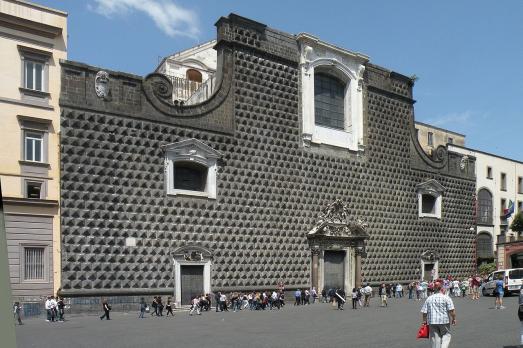
Chiesa del Gesù Nuovo
Naples, IT
The church of Gesù Nuovo or "Trinità Maggiore", built between 1584 and 1725, houses a vertiginous amount of Baroque paintings and sculptures.
Here you can search for a building to visit. You can use the map find destinations, or you can use the filters to search for a building based upon what different criteria.

Naples, IT
The church of Gesù Nuovo or "Trinità Maggiore", built between 1584 and 1725, houses a vertiginous amount of Baroque paintings and sculptures.
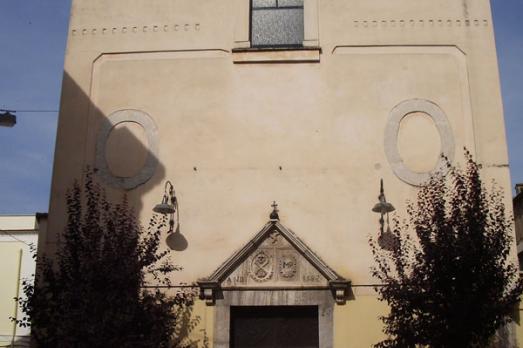
Cerignola, IT
The Church of Purgatory in Cerignola was built in 1578 by Jesuit fathers. The church was originally located outside the walls of the old town but was soon integrated into the town, thanks to its position on one of the main urban development routes. The church is part of a much larger complex that includes the Palazzo del Gesù, a college and a refuge for travellers and the poor. Probably in the second half of the 18th century, structural works were carried out on the church to enlarge the building in height and width.
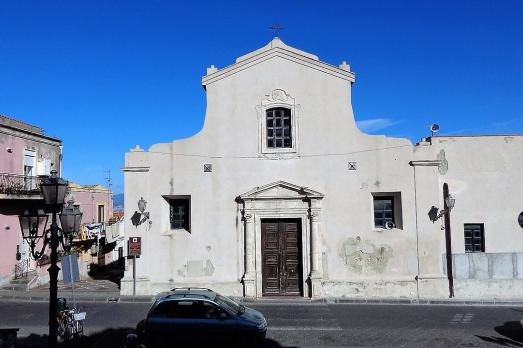
Milazzo, IT
The Church of the Rosary and the adjoining convent of the Dominican Order is a religious complex whose construction began in 1538 on the site of the 15th-century church of San Leonardo. In 1589, the convent was elevated to the status of a priory. The church and the convent underwent important changes in the 18th century, the upper oculus was transformed into a rectangular window with a frame in 1705, and the side windows were made without frames in 1790. Since 1968, the church, elevated to the rank of parish church, has been entrusted to the care of the Capuchin Fathers and has recently returned to the diocese of Messina.
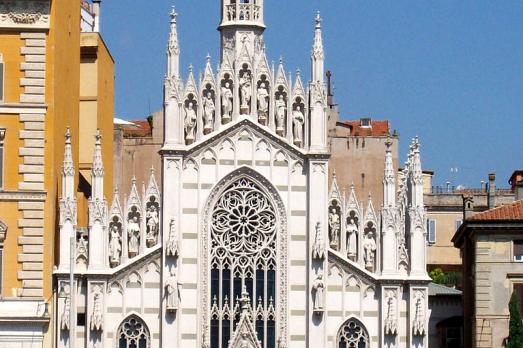
Roma, IT
The Church of the Sacred Heart of Jesus in Prati was designed by the engineer Giuseppe Gualandi. It is known as the "little Duomo of Milan" for its rich neo-gothic style. It was built between 1894 and 1917 for the Association of the Sacred Heart of the Suffering Souls of Purgatory, founded in 1893 by Jesus Victor Jouët.
Campobasso, IT
The Church of the Sacred Heart of Jesus was founded in 1589 with a convent. The church was rededicated on 1 November 1707, dedicated to "Santa Maria Assunta della Pace", and was closed in 1809 due to French laws. Later, after the French domination, the convent was reopened in 1817 but abandoned after the new Piedmontese closure in 1867. After a fire in 1922, the church was rebuilt until 1933.
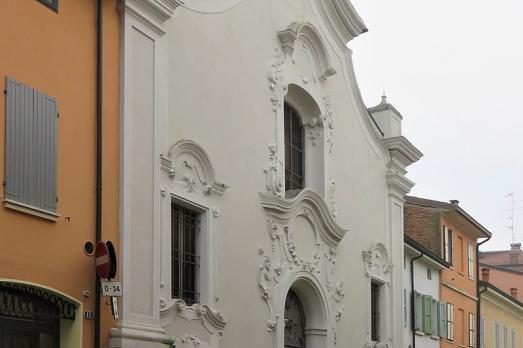
Carpi, IT
The Church of the Santissimo Crocifisso is a subsidiary church dating from the 18th century. The first oratory to house the fresco depicting the Deposition of Christ from the Cross was designed by Giacomo Lucenti and built around 1724. The place of worship was small and a few years later it was deemed unsuitable for the needs of the faithful of Carpi and in its place, in 1763, the sanctuary that has come down to us was built, designed by Carlo Lugli. The church was entrusted from the beginning to the Confraternity of the "Sacchi Neri" and it was not until 1950 that it became the headquarters of the Confraternity "dell'Adorazione Perpetua".
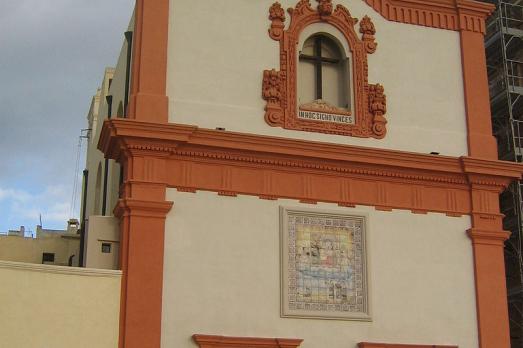
Gallipoli, IT
The Church of the Santissimo Crocifisso, seat of the brotherhood of the same name, was built in 1750 on land belonging to the Dominican fathers and purchased by the brotherhood in 1741. It was designed by Carlo Multò, an artillery captain serving at the Royal Castle of Gallipoli, and built by Ortensio Preite, a master craftsman from Cupertino.
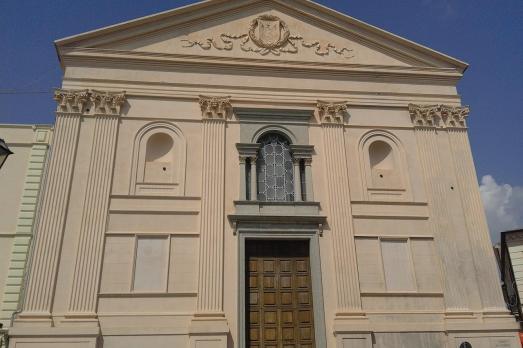
Catanzaro, IT
The church of Santissimo Rosario was built in the 15th century on the ashes of a hospital for the poor. A convent run by the Dominicans was also attached to it. Today, the convent building is used as a barracks for the Guardia di Finanza. The complex has been renovated several times over the years, mainly due to the damage caused by the earthquakes that Catanzaro suffered, such as those of 1638, 1783 and the 19th century. It was precisely because of the latter that the structure of the church was so damaged that it had to remain closed for over half a century, from 1832 to 1891.
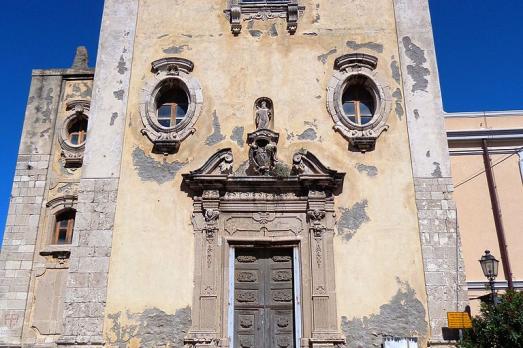
Milazzo, IT
The Church of the Holy Saviour dates from 1622 and its façade was remodelled in 1755. After the unification of Italy, the monastery annexed to the church was abolished, and the church and the confiscated property reverted to the municipality. In 1922, the municipality donated the facilities to the nearby orphanage. In 1923, the building was transformed into the "Regina Margherita" orphanage for girls. In 1959, a collapse affected part of the church vault, causing serious damage to the artistic and liturgical furnishings.
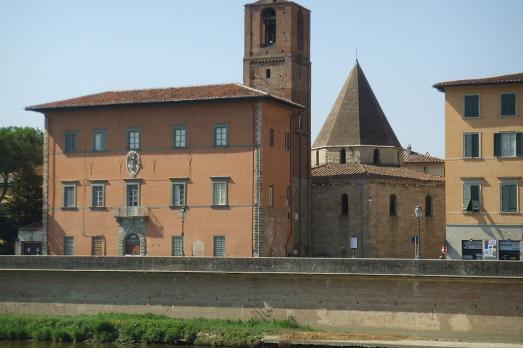
Pisa, IT
The Church of the Holy Sepulcher is an octagonal church built in the twelfth century as part of an architectural ensemble belonging to the order of the Knights Hospitallers. In 1817, when this order was abolished, it suffered a period of degradation until a restoration undertaken in 1849.

new
Nestled amidst the serene landscapes of the Harz region, lies a hidden gem for nature enthusiasts and history buffs alike - the Harz Monastery Hiking Trail. Lace up your hiking boots and embark on this captivating adventure that will transport you back in time.

The Holy Mile (Miglio Sacro) of Naples is a one-mile-long itinerary, through sacred places linked to the city's patron saint, San Gennaro, in the Rione Sanità district. Discover the city from a new perspective with this unique walking tour.

As a university city, cultural offerings abound in Tartu and will reach their peak after being designated one of three European Capitals of Culture for 2024. In this list, we've compiled the most interesting sacred places to visit in and around the old town.